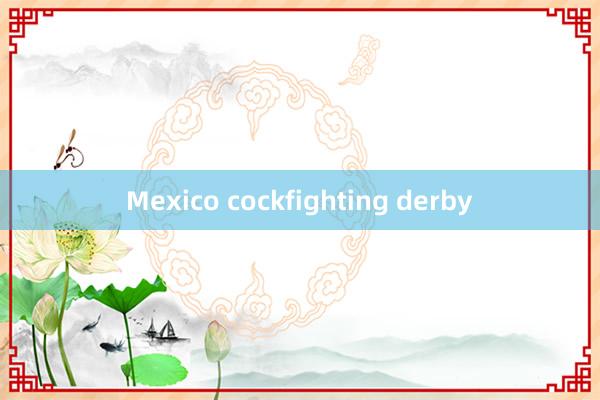Manok na panabong tawag

Title: Manok na Panabong: Understanding the Tradition and Culture Behind Fighting Cocks
"Manok na panabong," or fighting cocks, hold a significant place in the cultural heritage of the Philippines. Cockfighting, or "sabong," as it is locally known, is more than just a form of entertainment; it is a deeply rooted tradition that has been passed down through generations. In rural areas, it is not uncommon to see families raising these roosters for sport. While controversial in some circles, the practice remains widespread and continues to evoke a strong sense of community and camaraderie.
The Origins of Cockfighting in the Philippines
Cockfighting is not a modern phenomenon. Its origins trace back thousands of years, not just in the Philippines but around the world. Historians believe that cockfighting may have been brought to the Philippines by the Spaniards during the 16th century, though there are also theories that the sport predated the colonial period.
In pre-colonial times, local tribes already engaged in cockfighting, using it not only for entertainment but also for ceremonial purposes. It was believed that the outcome of these fights could bring good fortune, blessings, or even divine guidance to the community. As a result, sabong grew to become an integral part of Filipino culture, representing a unique blend of sport, religion, and tradition.
The Importance of Manok na Panabong in Filipino Culture
In the Philippines, a "manok na panabong" is not just any ordinary rooster. These birds are specially bred for their strength, agility,chich69 and aggressiveness. Owners take great care in raising them, go88 tài xỉu often feeding them high-quality food, phim rule 34 exercising them daily, and even using specific training regimens to prepare them for the ring.
The importance of these fighting cocks extends beyond the sport itself. Sabong has become a communal event where people from different walks of life come together to watch the fights, place bets, and socialize. In rural areas, cockfighting arenas serve as venues for locals to interact and forge relationships, fostering a sense of belonging and unity. For many, owning and raising a strong "manok na panabong" is a source of pride and identity.
The Cockfighting Match
A typical cockfight involves two roosters fighting in a ring until one is unable to continue. The birds are fitted with sharp metal blades, known as "tari," to increase the intensity of the fight. The match is overseen by a referee or "sentenciador," who ensures that the fight is fair and abides by the rules.
go88 bị sậpBefore the match begins, there is often a sense of excitement and anticipation in the air. Spectators gather around the ring, placing their bets and cheering for their chosen rooster. Once the fight starts, the crowd becomes fully engaged, watching every move and strike with keen attention.
The fight can last anywhere from a few seconds to several minutes, depending on the skill and stamina of the roosters. While cockfighting is undeniably violent, it is important to understand that it is viewed differently within the context of Filipino tradition. The respect and admiration for the "manok na panabong" are evident in the careful attention and training they receive from their owners.
The Debate Around Cockfighting
Despite its cultural significance, cockfighting has been the subject of much debate. Animal rights activists have long opposed the practice, citing concerns about cruelty and the ethics of using animals for sport. Critics argue that the violence inflicted on the roosters, coupled with the gambling aspect of sabong, contributes to negative social consequences.
On the other hand, proponents of cockfighting argue that it is an essential part of Filipino heritage and should be preserved. They point out that the sport is heavily regulated, with rules in place to ensure fairness and minimize unnecessary suffering. For many rural communities, cockfighting also serves as a source of income, with breeding and selling "manok na panabong" generating livelihoods for families.
In recent years, there has been a growing movement to strike a balance between preserving the cultural aspect of sabong and addressing concerns about animal welfare. Some suggest more humane ways to conduct cockfights, such as using safety equipment or limiting the use of blades. However, change has been slow, and the debate continues to divide public opinion.
Conclusion
"Manok na panabong" represents more than just a rooster in the Philippines. It symbolizes a rich cultural tradition that has withstood the test of time. While the practice of cockfighting may not be universally accepted, it remains an important part of the Filipino identity for many. Understanding the historical and cultural significance of sabong helps to shed light on why this tradition continues to thrive despite modern controversies.
As with any cultural practice, cockfighting is deeply nuanced. Its meaning goes beyond the violence in the ring, touching on themes of community, pride, and shared history. Whether viewed as sport or spectacle, the "manok na panabong" holds a special place in Filipino culture, and its legacy is unlikely to fade anytime soon.
18JL login passwordwww.psgonline91.com






